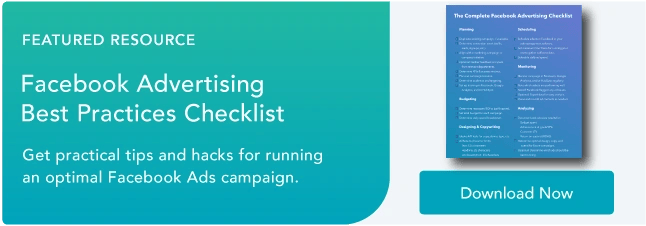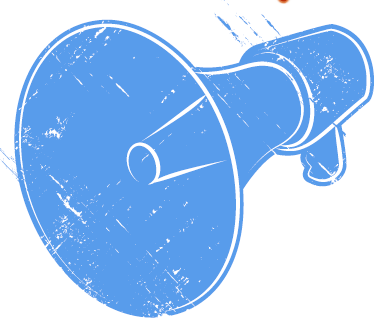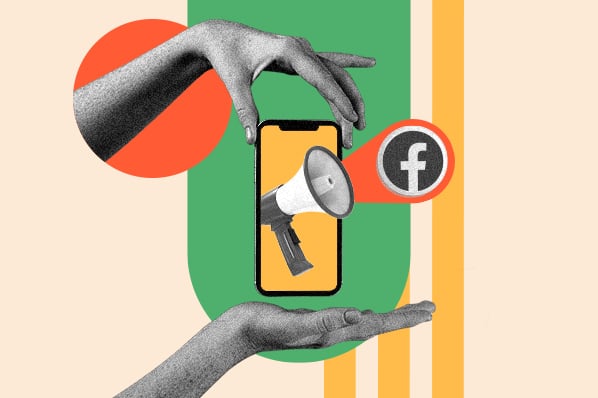This is an excerpt from our ebook, How to Create Epic Facebook Ads. Download your free copy if you want to learn more about advertising on Facebook.
Reporting is a crucial part of Facebook advertising. That's why each of your ad campaigns should always have a clear goal and a set of metrics through which you can measure its performance. Facebook's dashboard offers a range of tracking mechanisms that will help you focus on the results you care about. That being said, the analytics Facebook provides sometimes report on proprietary metrics that aren't always intuitive to understand.
If you're using Facebook ads to help you ramp up your Facebook marketing efforts, here are the 19 Facebook metrics you need to understand to measure and improve your Facebook ad performance.
Download Now: Free Facebook Advertising Checklist
19 Facebook Ad Metrics Marketers Should Know
1. Impressions
Impressions tell you how many times your ad has been shown to a Facebook user. Watch this number closely. If it stops increasing, your bid may have fallen out of the suggested range.
2. Social Impressions
Social impressions tell you how many times your ad has been shown to a Facebook user with social context (i.e. with information about a user's friend(s) who connected with your page, event, or application). This is applicable only for advertising within Facebook, such as for fan pages, events, or apps.
3. Social %
This metric shows what percentage of the total impressions were social impressions.
4. Clicks
The actual number of clicks on the ad. A click is also counted if someone ‘Liked' your fan page right from the ad itself.
5. Social Clicks
This shows how many clicks you received from an ad with social context (i.e. with information about a user's friend(s) who connected with your page, event, or application). Again, this is only applicable when you advertise within Facebook for fan pages, groups, or events.
6. CTR (Click-Through Rate)
How many times your ad was clicked, divided by the number of times your ad was shown (impressions).
7. Social CTR
The number of social clicks divided by the number of social impressions. Theoretically, this number should be higher than the general CTR, because the ad was targeted at a personal friend who'd already 'Liked' the page, thus demonstrating social proof.
8. Actions
The number of people who took the action desired from the ad itself, such as 'Liking' your fan page or responding to your event.
9. Action Rate
The number of actions divided by the number of impressions.
10. Conversions
Measurement of how many people responded to your call-to-action. This counts actions from the ad itself and includes when someone visits your fan page and then clicks 'Like.'
11. Cost-Per-Conversion
Calculates your cost per conversion, so you can see how much you pay for a new fan, an event RSVP, or a new group member.
12. CPC (Cost-Per-Click)
How much each click you received cost you. This number is calculated even if you didn’t bid on the cost-per-click model. It considers how many clicks you received (even if you’re paying by impression) and calculates how much it cost you for each click.
13. CPM (Cost Per Thousand Impressions)
Even if you did not bid using the CPM model when you placed your ad, Facebook Reports will calculate it for your reference. This is helpful if you decide to switch to the CPM bidding model so you can compare how your ads are performing between the different bidding models.
14. Spent
The amount you spent for that time summary you chose in the report: daily, weekly, or monthly.
15. Unique Impressions
How many times your ad was shown to a unique person. Compare this against the number of impressions to see how many times your ad was shown to the same person.
16. Unique Clicks
How many unique clicks you received. This data is helpful to know if the same person happened to be shown your ad twice and clicked it both times, because the second click wouldn’t be a unique click.
17. Unique CTR
Unique clicks divided by unique impressions. Again, in relation to the unique clicks and the unique impressions, you want to know whether new people are clicking through to your ad or if it is one person clicking on your ad over and over. It’s best to have your Unique CTR come close to your CTR.
In order to determine if Facebook advertising brings you real business results, you’ll need to use a marketing system that measures:
18. New Leads
If your goal is lead generation, then you need to make sure that your ads are helping you convert visitors into leads. How many people converted on your offer and opted in to continue their relationship with your company?

19. New Customers
Were you able to drive new customers from all that Facebook advertising? If so, what was the conversion rate from visitor to customer compared to the same conversion rate on a different social network. You should have the data to make such strategic decisions.
Want to learn more about advertising on Facebook? Then grab the free ebookHow to Create Epic Facebook Ads.

.png?width=112&height=112&name=Image%20Hackathon%20%E2%80%93%20Vertical%20(75).png)



![Anatomy of a Facebook Ad: How to Create Scroll-Stopping Campaigns [+ Examples]](https://53.fs1.hubspotusercontent-na1.net/hubfs/53/anatomy-of-a-fb-ad.png)



.jpg)
![What Is Facebook CBO? Budget Optimization Done Right [Tutorial]](https://53.fs1.hubspotusercontent-na1.net/hubfs/53/facebook-cbo.jpg)
